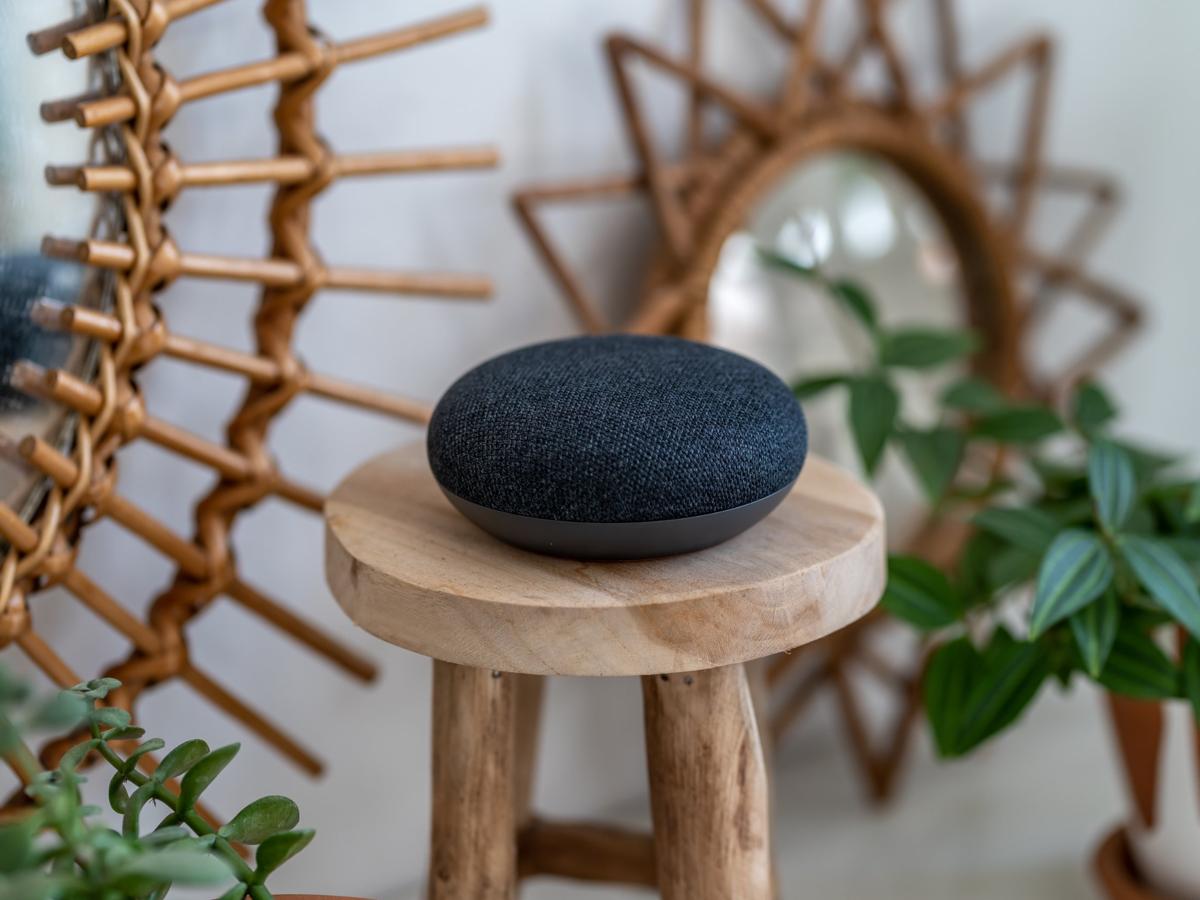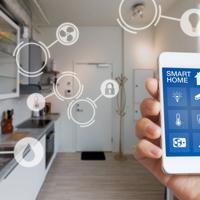In today's fast-paced world, embracing a smart lifestyle with technology is becoming increasingly popular. One area that has seen remarkable advancements is home automation. As you explore the options available, it's delightful to see how these systems can simplify daily tasks and enhance living environments. Here, we'll explore ten notable home automation systems you might consider integrating into your home.
1. Amazon Alexa
Amazon Alexa is more than just a voice-controlled assistant; it's a hub for connecting and controlling smart devices throughout your home. With compatibility spanning thousands of devices, Alexa allows you to manage lighting, thermostats, cameras, and more with simple voice commands—learn more about effective voice commands for smart homes—or through the Alexa app. For those just starting out, check out our guide on getting started with Alexa at home.
Example: Control over Philips Hue lights and Nest thermostats with voice prompts.
2. Google Nest
Google Nest offers seamless integration with Google Assistant, providing a cohesive ecosystem for managing smart home devices. Google Nest excels in learning behaviors over time to adjust settings like temperature and lighting to suit household patterns.
Example: Nest Learning Thermostat adapts to your preferences to save energy.
3. Apple HomeKit
Apple HomeKit is ideal for users in the Apple ecosystem. By using the Home app on iOS devices, you can control and automate various devices from different manufacturers, provided they are HomeKit compatible. The focus is on privacy and security.
Example: Automate and secure home access through HomeKit-enabled smart locks. Learn more about home automation
4. Samsung SmartThings
Samsung SmartThings is a versatile home automation system compatible with a wide array of devices. The robust SmartThings Hub acts as a central controller for IoT (Internet of Things) devices, enabling automated routines that adapt to your schedule. To see how it stacks up against other options, check out our comparison of the best smart home hubs.
Example: Set your lights to turn on automatically when you enter a room. Learn more about automating your home lighting.
5. Wink Hub 2
Wink Hub 2 is known for its simplicity and user-friendliness. The system supports several smart home protocols, allowing it to communicate with a large number of smart devices through a singular app interface.
Example: Integrating disparate brands like Philips, Schlage, and Kidde into one smart ecosystem.
6. Logitech Harmony Hub
For those looking to control entertainment systems along with home devices, Logitech Harmony Hub is a prime choice. It's compatible with both Alexa and Google Assistant, facilitating voice or app control over various home entertainment and smart devices.
Example: Simplify Smart TVs settings, gaming consoles, and dimmable light settings into one-click experiences.
7. Hubitat Elevation
Hubitat Elevation emphasizes local execution, which can lead to faster performance and better security since the data isn’t sent to cloud servers. It's an excellent choice for tech-savvy individuals interested in highly customizable setups.
Example: Create personalized routines or alerts without internet dependence.
8. HomeSeer
HomeSeer is a powerful home automation software that provides flexibility, supporting diverse communication technologies like Z-Wave and Insteon. As a highly customizable platform, it caters to users who are comfortable with more technical configuration.
Example: Automatically shut off water when a leak is detected anywhere in the home.
9. Yonomi
Yonomi is a cloud-based platform that creates harmony among your smart devices through personalized routines. The service is known for its simplicity and ease of setups, requiring no additional hardware. For more information on similar services, see our Overview of Automation Apps.
Example: Establish a 'Good Morning' routine that adjusts lighting, starts the coffee maker, and turns off the bedroom fan.
10. Lutron Caséta
Lutron Caséta focuses on lighting controls, offering a reliable and straightforward way to automate lighting. While not as comprehensive as others in this list, it's a specialist solution for those primarily interested in lighting automation.
Example: Control lights with the Lutron app, Pico remote, or voice assistants.
Conclusion
These home automation systems exemplify how technology continues to blend seamlessly into our daily lives, simplifying and enriching our interactions with our living spaces. As you evaluate which system aligns with your lifestyle, consider how these options might complement your routines and preferences. It’s fun to experiment and see what works best for you.
Remember, as technology grows, so do the opportunities for creating a more convenient and connected home environment. Each of these systems offers unique features; finding the right balance will lead to a more comfortable living experience in your Smart Home.




